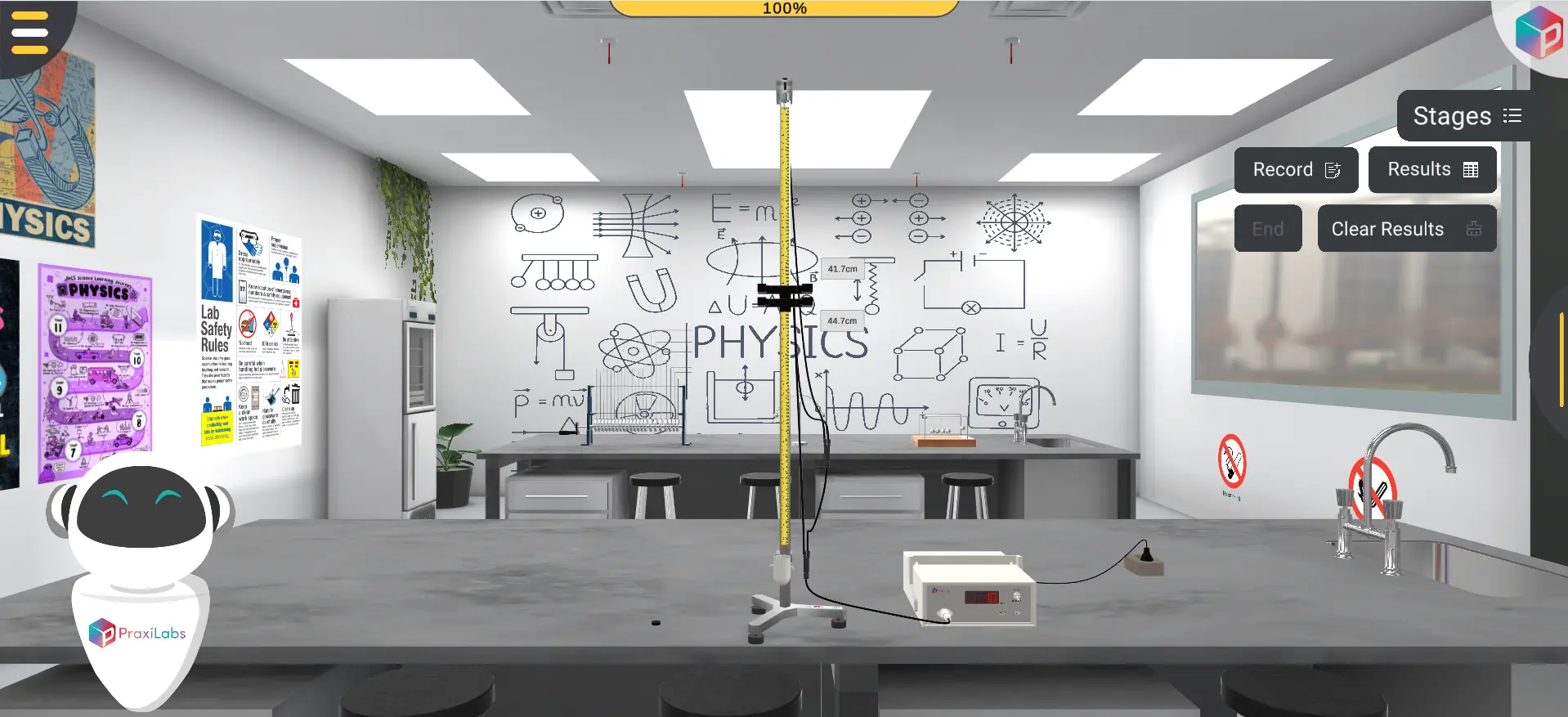





2.5M+
Active Users Worldwide
80%
Improved Learning Retention
60%
Reduction in Laboratory Costs
Determination of acceleration of gravity (g).
Free fall method is to measure the displacement of a freely falling object (y) by taking successive shots of the falling object with recording the time of each shot. Also, calculate the object’s acceleration due to gravity (g).
By the end of Free Fall experiment, students should be able to:
If a body of mass m is accelerated from the state of rest in a constant gravitational field (falling freely) from height y towards the earth’s surface it performs a linear motion. The instant when the ball is released is considered to be the initial time t = 0. The position of the ball along the ruler is described by the variable y. The position of the ball at a time t is given by
y(t) = y0 + v0t + ½ gt2 (1)
If the ball is released from rest, the initial velocity is zero: v0 = 0.
Therefore,
y(t) = ½ gt2 (2)
The quantity that tells us how fast an object is moving anywhere along its path is the instantaneous velocity, usually called simply velocity. It is the average velocity between two points on the path in the limit that the time (and therefore the displacement) between the two events approaches zero. We can calculate the instantaneous velocity at a specific time where the initial velocity v0=0 by Newton’s law for constant acceleration motion;
Vf2= V02 + 2gy (3)




